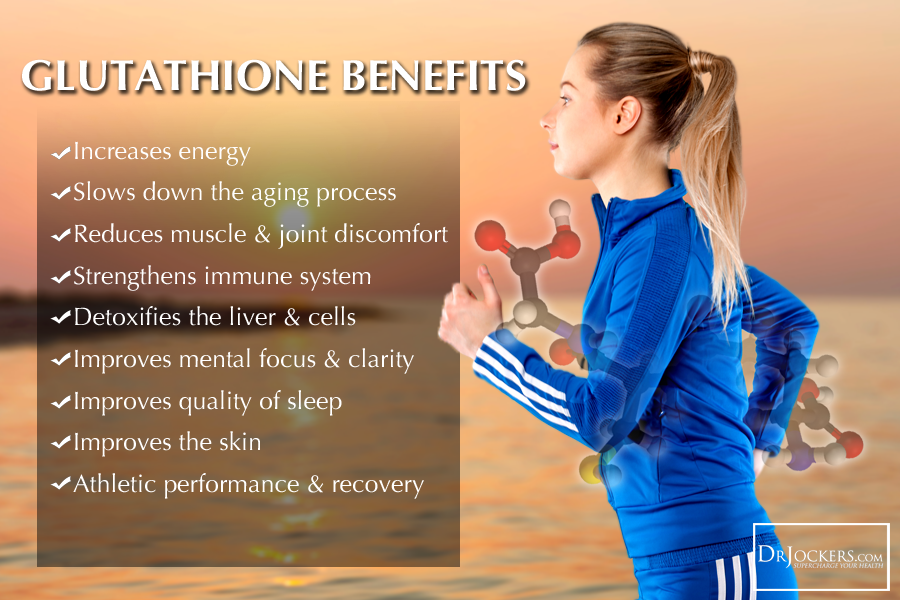 Parler
Parler Gab
Gab
- Chronic stress and elevated cortisol levels are a primary driver of accelerated biological aging and metabolic dysfunction.
- Cortisol disrupts natural hormonal rhythms, leading to leptin resistance, increased appetite and abdominal fat gain.
- Abdominal fat is not just a cosmetic issue but a sign of internal hormone miscommunication and heightened disease risk.
- Nutritional strategies, including omega-3s, pantethine and calcium, can help cool inflammation and restore metabolic balance.
- Managing stress and establishing a core rhythmic lifestyle are foundational to preventing cortisol-related wear and tear.
The cortisol-leptin tango
At the heart of the stress response is a critical dialogue between cortisol and leptin, the hormone secreted by fat cells. In a healthy, rhythmic state, cortisol peaks in the morning to provide energy and declines at night, while leptin, which is essential for repair and metabolism, peaks during sleep. This balance allows the body to handle stress effectively and recover properly. However, chronic stress throws this system into disarray. Persistently high cortisol levels lead to leptin resistance, a state where the body produces ample leptin but the brain cannot properly perceive its signals. This breakdown in communication is a primary driver of metabolic slowdown, forcing the body to store carbohydrates as fat instead of burning them for fuel. The result is not just weight gain, but a specific accumulation of fat around the midsection.Abdominal fat: A warning sign, not just a nuisance
The appearance of abdominal obesity is far more than a cosmetic concern; it is a physical manifestation of a hormonal storm. This type of fat is metabolically active, generating pro-inflammatory signals that perpetuate a constant, low-grade stress response within the body. Scientists have identified that this fat tissue is a hub for inflammation, producing markers like TNF-a and IL-6. This creates a vicious cycle: the extra fat pounds themselves become a source of internal stress that the body must constantly manage, on top of external life pressures. This combination of excess cortisol from stress and chronic inflammation from fat tissue locks the body into a state of accelerated aging and heightened disease risk, including diabetes and cardiovascular issues.Nutritional keys to unlocking hormonal balance
Restoring balance requires targeted nutritional strategies that address the root causes of inflammation and metabolic dysfunction.- Omega-3 fatty acids: Found in molecularly distilled fish oil, these fats are proven to reduce the output of inflammatory signals from white adipose tissue by up to 90% in some cases, directly cooling the inflammatory fire and improving insulin sensitivity.
- Pantethine: A highly active form of vitamin B5, pantethine acts as a locomotive for fat metabolism. Studies show it can specifically reduce dangerous visceral abdominal fat and even reverse fatty liver disease by restoring the body’s ability to break down stored fat.
- Calcium: Adequate high-quality calcium intake, in the range of 2,000 to 3,000 mg daily, has been shown to calm the "agouti" gene signal in the brain. This gene boosts neuropeptide Y (NPY), which drives hunger and blocks the brain's perception of leptin. Sufficient calcium can stop food cravings and promote midsection weight loss.
Building a foundation for long-term balance
While targeted nutrients provide crucial support, the ultimate defense against stress-induced aging is a consistent, rhythmic lifestyle. Establishing core habits—such as regular sleep patterns, balanced meals and mindful movement—creates a stable biological base. This foundation allows the body to meet stressful demands without being thrown completely "out of whack." Without this rhythmic base, stress can disrupt the entire hormonal system within days, leading to patterns of poor energy, weight gain and inflammation that set the stage for disease. The goal is not to eliminate stress, but to build the resilience to navigate it without allowing cortisol to hijack long-term health.A measurable path to vitality
The impact of stress on aging is not an abstract concept but a measurable physiological process. The key to mitigating its effects lies in understanding the profound conversation between cortisol, leptin and inflammation. By recognizing abdominal weight gain as a signal of deeper hormonal disruption, individuals can take proactive steps. Through strategic nutritional support and a commitment to a rhythmic lifestyle, it is possible to cool the internal fires of stress, restore metabolic harmony and fundamentally influence the rate at which the body ages. The capacity to endure daily stress without sacrificing health is, ultimately, a function of this internal balance. Sources for this article include: MindBodyGreen.com RupaHealth.com Research.ColoState.eduThe antidote to modern melancholy: How cultural engagement fights depression
By Ava Grace // Share
Science uncovers the power of dill in managing diabetes
By Olivia Cook // Share
By Lance D Johnson // Share
Big Pharma’s playbook and reclaiming your wellbeing: “Optimum Health” by Dr. Stephen Sinatra
By Kevin Hughes // Share
The silent heart killer your doctor isn’t asking about
By Ava Grace // Share
Arugula rocks your nutrition world
By newseditors // Share
Oil prices crash -- Trump seizes opportunity to rebuild depleted SPR
By willowt // Share
Betrayal: Trump bets on Argentine beef as domestic producers reel
By willowt // Share
The hidden driver of aging: How your stress hormone predicts your healthspan
By willowt // Share









